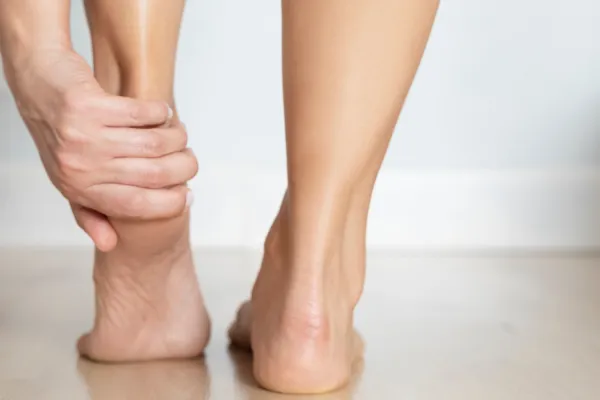
Can’t Shake That Ache Above Your Heel? It Might Be Achilles Tendonitis
You’re out for a walk, maybe a light jog, and that dull ache above your heel starts again. It’s not sharp, but it’s there—nagging, tight, and a little worse the day after. You stretch, rest, maybe ice it, but it just keeps coming back.
If this sounds familiar, you might be dealing with Achilles Tendonitis—a common condition, especially if you’re active or on your feet a lot.
What is Achilles Tendonitis?
The Achilles tendon is that strong band of tissue that connects your calf muscles to your heel. It’s the largest tendon in your body, and it works hard every time you walk, run, or push off your foot.
Achilles Tendonitis happens when this tendon gets irritated—usually from overuse, sudden increases in activity, or not enough support through your feet or calves.
Common signs to watch for
Not sure if that ache is Achilles Tendonitis? Here are a few signs:
A slow-building pain just above your heel, especially after activity
Morning stiffness or soreness in the back of your ankle
Tenderness when you press the tendon
Pain that eases as you warm up, but returns later
A tight or pulling sensation when walking uphill or climbing stairs
It’s often worse with activity, and better with rest—but not gone completely.
What causes it?
Achilles Tendonitis doesn’t usually come from one big event. It tends to creep in over time. You might have:
Increased your walking or running suddenly
Started wearing different shoes (or worn-out ones)
Tight calf muscles that pull on the tendon
Weak foot or leg muscles that don’t support the tendon properly
Sometimes it can even show up after a period of rest, when you jump back into activity too quickly.
Why rest alone isn’t enough
Many people try to just “wait it out”—they rest, avoid stairs, maybe stop exercising for a while. And while a short rest can calm the pain, it often comes right back once you return to your usual routine.
That’s because the tendon needs more than rest—it needs gradual loading. In other words, it needs the right kind of movement to heal, rebuild, and grow stronger.
How physiotherapy helps
At Take Control Active Rehab, our physiotherapists in Oatley create tailored recovery plans to help your Achilles heal and keep it strong for the long run.
Here’s what that might look like:
1. Clear diagnosis and movement assessment
We’ll check your walking pattern, calf strength, flexibility, and how your foot moves. This helps us understand what’s stressing your tendon.
2. Targeted exercises to rebuild strength
You’ll learn specific movements (often starting slow and controlled) to safely load your tendon. This might include heel drops, calf raises, and balance work.
3. Hands-on treatment to ease pain and tightness
If needed, we’ll use manual therapy or soft tissue work to release stiff muscles or improve mobility in the ankle and foot.
4. A plan that grows with you
Your rehab will progress as you improve—helping you move from basic function to confident activity again.
5. Advice on shoes, pacing, and activity
We’ll guide you on how to return to walking, running, or sport in a way that supports your healing—not setbacks it.
Don’t let a sore tendon hold you back
You don’t have to put up with a stubborn ache that keeps coming back. With the right rehabilitation in Oatley, you can feel better, move easier, and enjoy your walks, workouts, or everyday life without pain tagging along.
Ready to get started? Book an appointment with a physiotherapist in Oatley today, and let’s take the first step toward stronger, pain-free movement.



